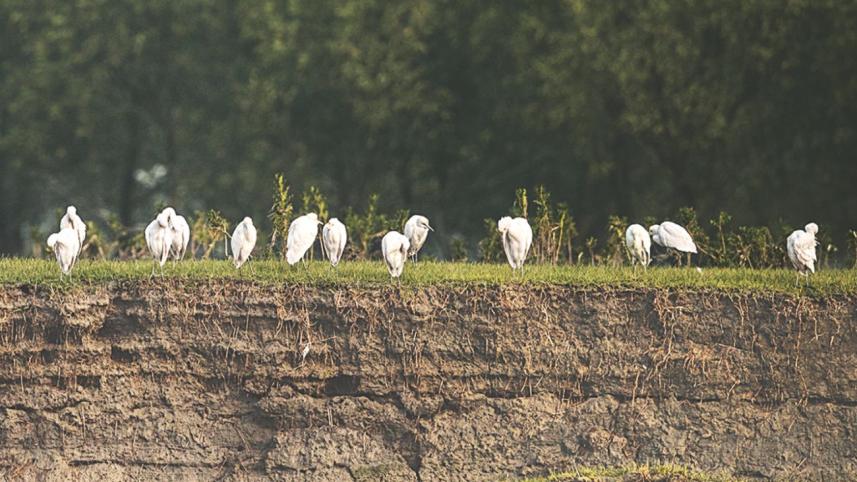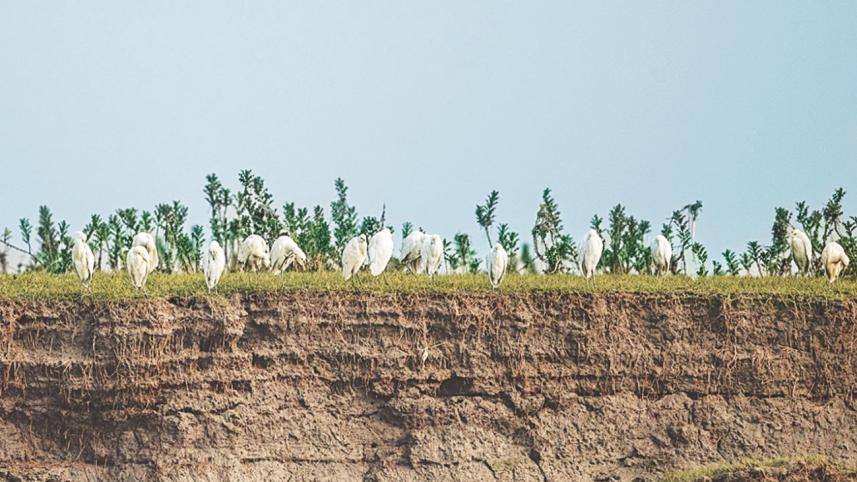Photographic Wisdom

There is no dearth of quotations by great photographers who dispensed advice for those following in their footsteps. Some spoke about aesthetics, others about philosophy, and yet others discussed practice of the photographic craft. I read them with interest and occasionally glean valuable hints that help me make better photographs.

Before embracing nature photography, I spent decades photographing people on the streets. The words of Robert Capa, the famous war photographer, have always inspired me: “If your pictures are not good enough, you are not close enough.” In a war zone, this advice may separate men from boys, but in everyday photography it has also stood me in good stead.
Capa's advice helps the photographer overcome shyness that naturally comes with photographing people. Suppose you see something or someone on the street you want to photograph. His words empower you to go forth boldly and take the best photograph, damn the torpedoes.
The great Ansel Adams spoke eloquently on the aesthetics of photography. When I started photographing I read his famous dictum - “twelve significant photographs in a year is a good crop” - and felt disappointment at such a small number. Today I know better and consider myself lucky if I get five or six significant photographs in a year. And yes, it is difficult to make a really good photograph.
Adams started out as a concert pianist, so music influenced his photographic thinking. He said the negative is equivalent to a composer's score, and the print is like the musical performance. In the digital age, the negative is the image file, and the print has largely been replaced by pictures we share on the web. But the idea still holds – the raw image that the camera snapped and placed in the image file usually needs work, using Photoshop or similar software, before being presented for viewing. This does not mean adding falsehoods to the photograph, but squeezing the most out of every pixel that you captured.
In a New York Times interview, the French photographer Henri Cartier-Bresson said something that took me time to understand: “The difference between a good picture and a mediocre one is a question of millimetres.” What he is saying is that the tiniest amount of movement of the camera or the subject can make or break the photograph. What he omitted is “microseconds.” In other words, precisely when the shutter is tripped is also vital and no one demonstrated this better than Cartier-Bresson himself in his timeless book The Decisive Moment.
Ruth Bernhard was a German photographer who migrated to America. She said something wonderful but difficult to follow. I paraphrase: try looking at your subject as if you were seeing it for the first time. Fresh eyes see things that jaded eyes miss. I find this advice particularly valuable when photographing common birds that I have seen many times before.
Finally I leave you with a pearl of wisdom from the great National Geographic photographer Sam Abell, who is a master of photographic composition. “The background is as important as the subject,” he said. I submit as proof two photographs accompanying this article.
The best quotes encapsulate lessons that photographer learned from decades of hard work. When I find a useful quotation, I feel grateful to the photographer for this precious gift.
www.facebook.com/ikabirphotographs or follow ihtishamkabir on Instagram



 For all latest news, follow The Daily Star's Google News channel.
For all latest news, follow The Daily Star's Google News channel.
Comments